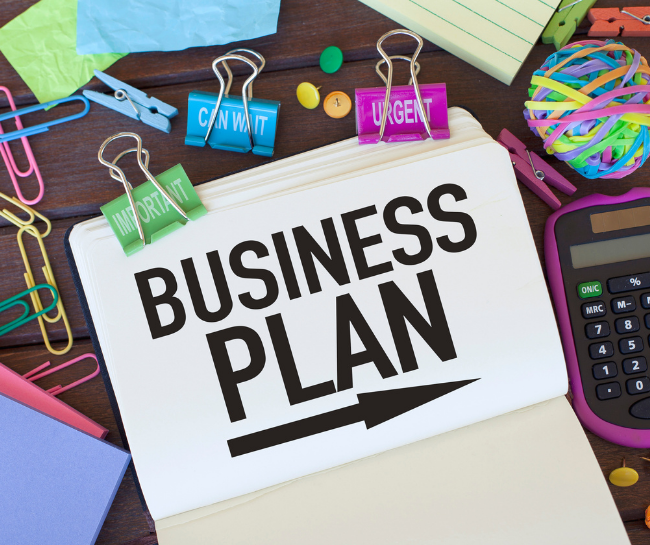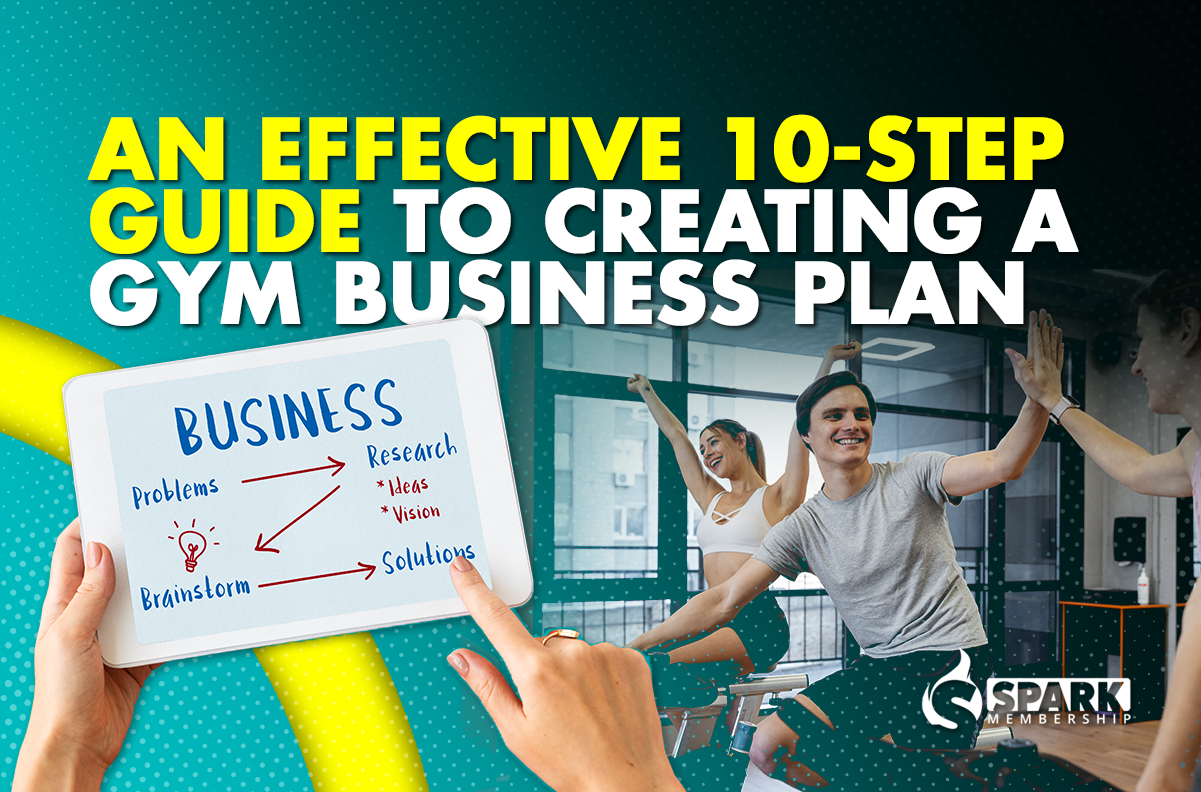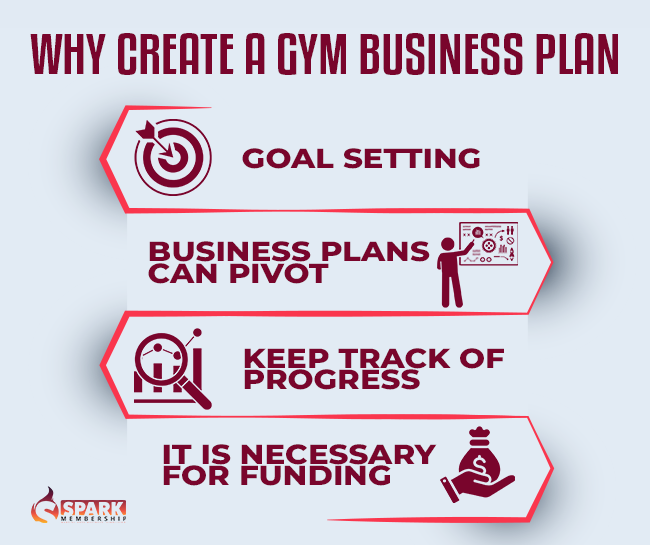
Have you thought about how to open a dance studio? Opening a dance studio is no easy feat. It’s expensive, risky, and requires a lot of hard work.
If you’re passionate about dance and want to share your passion with others, opening your own dance studio might be the perfect career move for you. Starting a dance studio can be an exciting and rewarding business venture. But before you take the plunge, it’s important to understand what’s involved in running a dance studio. This will help you make an informed decision about whether this is the right path for you.
In this blog post, we’ll provide an overview of what’s involved in opening a dance studio.
Devise your business plan
The most important step before starting any business is to have a well-planned Business Plan. You’ll need to put together a business plan to make sure your studio is successful.

Here’s what you need to include:
- A description of your studio, including its location, size, and facilities.
- Your target markets. Who will you be teaching?
- Your pricing strategy. How much will you charge for classes?
- A marketing plan. How will you get students in the door?
- An operational plan. What day-to-day operations will be required to run your studio?
- A financial plan. How much money do you need to start up your studio, and how will you make it profitable?
With a well-thought-out business plan, you’ll be on your way to opening the dance studio of your dreams!
Choose the type of dance you want to teach
The first thing to do when you plan to open your own dance studio is to choose the type of dance you want to teach. This will help you determine the kind of space you need, the equipment you’ll require, and the target market for your business.
For example, if you want to teach ballet, you’ll need a large, open space with a sprung floor and mirrors along one wall.

On the other hand, if you’re teaching hip hop, you can get away with a smaller space and less costly equipment.
It’s also important to consider your audience when choosing the type of dance you want to teach. If you’re teaching children, for example, you’ll need to adjust your teaching style and choose age-appropriate dances. If you’re teaching adults, on the other hand, you’ll have more flexibility in your choice of dances.
Finally, make sure you enjoy the type of dance you choose to teach! Teaching is more fun when you’re passionate about your subject matter. By choosing a type of dance that you love, you’ll be able to inspire your students and help them fall in love with dance as well.
💡Jazz is the most popular dance style among dancers. Jazz combines all dance styles into a high-energy dance with no set boundaries.
Find a location for your studio
When it comes to opening a dance studio, the next step is always finding a suitable location. This can be tricky, as you need to find a space that is large enough to accommodate your classes, has good visibility, and is in a safe neighborhood.

You also need to make sure that the rent is affordable and that there are no zoning restrictions that would prevent you from running a business in that location.
💡 Once you have found a few potential locations, it’s time to start negotiating with the landlords and finalizing your lease. With a little bit of effort, you should be able to find the perfect space for your new dance studio.
Secure funding and/or investors
The next step is securing the funding and investors needed to make your dream a reality. Luckily, there are various ways to do this. One option is to approach family and friends for investments.

Another is to take out small business loans. You could also investigate grant opportunities or start a crowdfunding campaign. Whichever route you choose, make sure you do your research and put together a solid business plan.
With the right preparation, you’ll be well on your way to opening a successful dance studio.
Hire dance instructors and staff
Hiring qualified instructors and staff is essential for ensuring that your studio runs smoothly and that your students receive the best possible instruction.
When it comes to hiring instructors, there are a few things you’ll need to keep in mind.
First, you’ll want to make sure that they’re properly certified and insured.
Second, you’ll want to check their references and make sure they have a good reputation.
And finally, you’ll want to make sure they’re a good fit for your studio’s philosophy and culture.

Once you’ve found the right instructors, you’ll also need to find qualified front desk staff and other support personnel. These individuals will play an important role in keeping your studio running smoothly. They’ll be responsible for tasks like answering phones, scheduling classes, and handling customer inquiries.
By taking the time to carefully select and hire the right staff, you’ll set yourself up for success in the long run.
Market your studio to attract students
Anyone thinking of opening a dance studio needs to be aware of the intense amount of competition that they will face. A perfect, well-thought marketing plan will help you crack this.
Social media is a powerful tool that can help you reach a wide audience with minimal effort.
Make sure to create profiles on all the major platforms and post regular updates.

You should also create a website for your studio and include clear information about your location, class schedule, and prices.
Finally, personal recommendations are always the best form of marketing. Talk to your friends, family, and acquaintances and let them know that you’re opening a dance studio.
Put up flyers in local businesses, and don’t be afraid to approach people on the street and tell them about your studio.
Ensure you are staying on par with the trend and competitors
You were wondering how to open a dance studio!
It is important to ensure that you are staying on par with the trends and your competitors. This means offering classes that are in demand and keeping up with the latest innovations in the industry.

It is also important to create a brand that will resonate with your target market. Once you have established yourself as a reputable and popular dance studio, it is important to maintain those high standards.
A quick checklist on how to open a dance class
- Location – Find a space that is large enough to accommodate your dance studio and the necessary equipment.
- Financing – Secure the necessary funding to open your dance studio.
- Insurance – Purchase insurance for your business and employees.
- Advertising & Marketing – Plan out a marketing strategy to attract new students.
- Equipment – Buy or lease the necessary equipment for your dance studio.
- Staffing – Hire qualified instructors and staff members.
- Licenses and permits – Make sure you have the necessary licenses and permits.
Best software to help you make your dance studio a success
Investing in quality software can help you manage your finances, keep track of your students, and even market your studio. Here are three of the best software options for making your dance studio a success:
Sparkmembership: Sparkmembership is an all-in-one software for running a successful studio. It offers a wide range of features including online registration, automatic billing, and appointment scheduling. It also has a powerful marketing toolkit that can help you reach more students and grow your business. It’s a good choice if you’re looking for comprehensive studio management software.

Opening a dance studio can be an extremely rewarding experience, but it’s important to make sure that you are well-prepared for the challenges ahead.
By following the tips in this article, you can give yourself the best chance of success. Remember to market your studio aggressively and keep up with current trends. And most importantly, enjoy running your dance studio











